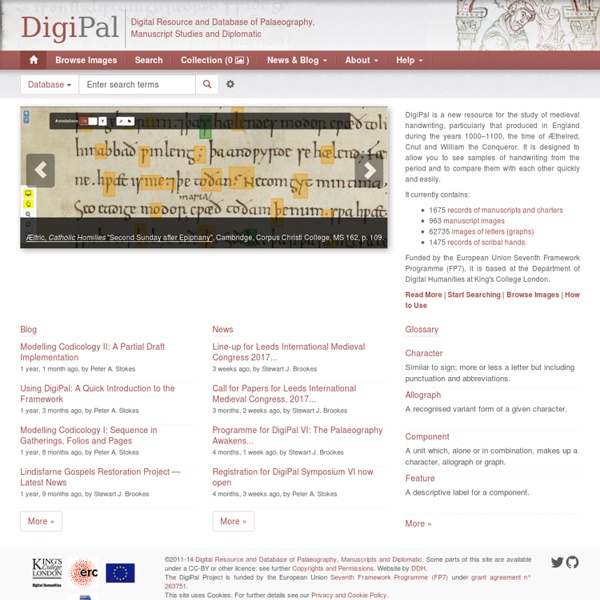



Mandragore - écran d'accueil Logiciel HyperMachiavel | hyperprince.ens-lyon.fr Dans le contexte de l’édition critique électronique et des corpus numériques, Hypermachiavel propose diverses fonctionnalités autour de l’établissement d’un corpus de textes parallèles (par exemple un texte et ses traductions, ou différentes versions d’édition d’un même texte) et incite l’exploration lexicale, voire conceptuelle, à l’aide de fonctions de recherche et d’annotation semi-automatique. Il cherche également à répondre à des problématiques d’études de traduction, de philologie des textes. Ce logiciel est en cours de développement (voir la fiche Plume). Contact concepteur : Séverine GedzelmanSystème : Windows, MacLicence libre : CECILL- B HyperMachiavel is a software with a user interface to manage aligned corpora (TEI, TMX). It is a Java application, so it requires Java (version 1.6 minimum) in order to work on supported operating systems (e.g. News The development is standing by since 2012. Downloads SVN downloads will be available from the Hyperalign sourcesup project page. Links
Initiation au logiciel de bibliographie, Zotero | Antiquité, Moyen Age, Méthodes Initiale - Catalogue de manuscrits enluminés - IRHT Initiale est un catalogue informatisé de manuscrits enluminés du Moyen Âge, principalement de ceux qui sont conservés dans les bibliothèques publiques de France, hors Bibliothèque nationale de France. >> Lire la suite Ce catalogue, en cours de constitution, est établi sous la responsabilité de la Section des manuscrits enluminés (SME, olim SSI) de l’Institut de recherche et d’histoire des textes (IRHT). >> Lire la suite Initiale fournit, dans les limites de l’avancement du catalogage : l’état du recensement des fonds par l’IRHT ; des notices de manuscrits contenant une identification sommaire des textes, la datation, l’origine, la provenance, l’attribution éventuelle à un artiste, et une liste de références bibliographiques ; des notices d’enluminures (représentations ou ornements) ; des fiches bibliographiques augmentées, s’il y a lieu, de renvois aux notices de manuscrits recensés dans Initiale. Des photographies numériques des livres décrits sont associées à une partie des notices.
40 sites d'images libres de droit et/ou gratuites Pour trouver rapidement des milliers d'images de qualité libres de droit et souvent gratuites, voici une liste incontournable de moteurs de recherche, banques d'images et plateformes de partage photos. Dans le domaine de la photographie, une image est une oeuvre protégeable au titre du droit d'auteur et il n'est donc permis de l'utiliser sans l'accord préalable de son auteur, sauf si la photo est sous licence ou contrat d'utilisation avec des droits autorisés et que les conditions de son utilisation sont respectées. Un photographe peut décider que certaines de ses oeuvres soient libres de droit, ce qui indique que leur usage sous certaines conditions peut-être réduit à un coût forfaitaire ou nul. Par ailleurs, il existe sur le web des banques d'images libres de droits gratuites ou payantes. Vous trouverez dans cette liste et sur le web de nombreuses ressources, galeries, collections, répertoires et banques de données d'images. Des Banques d'images libres de droits et souvent gratuites
Présentation | Sermones.net JONAS - Section Romane - IRHT Système Modulaire de Gestion de l'Information Historique (SyMoGIH) | SYMOGIH